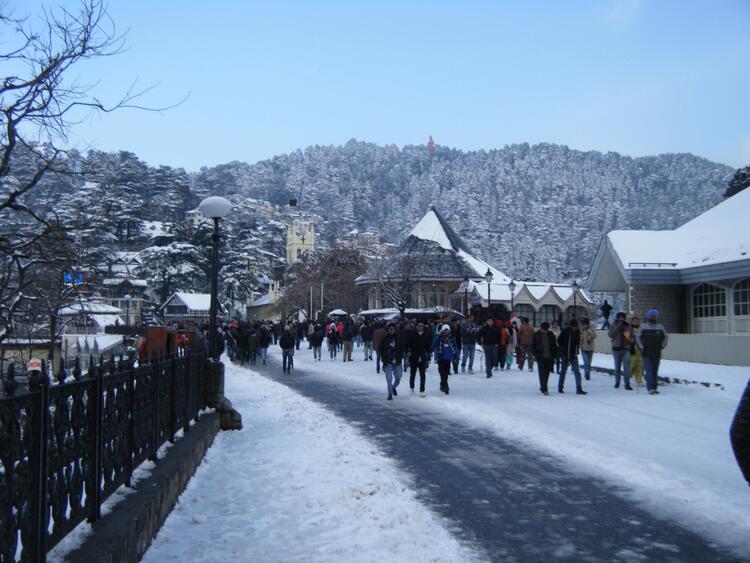Shimla came into existence in 1819, after the Gurkha War, when a thickly wooded spot, then known for the temple of goddess `Shyamala' was discovered by the British. Its
History of Shimla
Your encouragement is valuable to us
Your stories help make websites like this possible.
